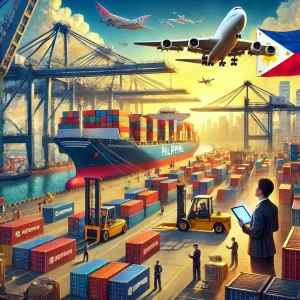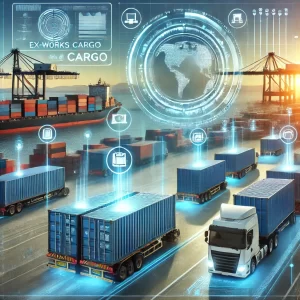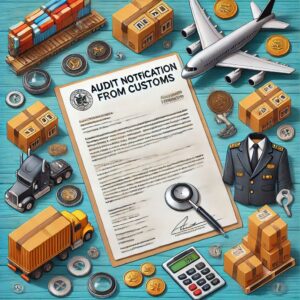Third-party logistics challenges for export companies have been severe in 2020 as air and sea freight costs increase.
South Korea is positioned between two world-class importers and the 3PL in South Korea has a big role in it—China to the west and Japan, another Asian economic hub, to the east. The country relies on third-party logistics to trade. The 3PL function by which a manufacturer outsources activities related to logistics and distribution. A 3PL company can provide specialized services such as inventory management, door-to-door delivery, etc.
The market for 3PL services is expected to witness significant growth owing to the development of the e-commerce industry. South Korea is one of the top five 3PL markets in Asia Pacific. The logistics industry in Korea has grown rapidly over the past decade, with multinational manufacturing and wholesale companies. They are focusing on supply chain efficiency and effectiveness to reduce logistics costs.
Before the onset of COVID-19, governments imposed high tariffs on traditional staple foods (7.9%) and more than 90% of food was subject to non-tariff barriers. The quarantine policy in the early stages of the COVID-19 outbreak led to staff reductions. In agricultural production, the closure of agricultural and fishery product processing plants. The suspension of logistics and transportation led to a decline in agricultural and marine product supplies and preparations from China under demand.
In Asia-Pacific, South Korea is among the top 5 3PL markets. Over the past decade, Korea’s logistics business has exploded. With multinationals, large manufacturers and wholesalers focus on efficiency and effectiveness to save logistic costs. With the development of e-commerce, the shipping volume has increased. And there is a need to continuously increase the demand for 3PL companies to meet the demand. This competition to supply high-quality groceries, prompted retailers to look for logistics centers in the Seoul metropolitan area.
Subscribe to the Ex-works24/7 newsletter
Key Market Trends
The development of exports by air and sea in 2020 was mixed as there was a much larger setback. Aviation revenue grew 11.4% in 2020 to a total of $183 billion, supporting the country’s 3PL market during the pandemic. Air cargo exports increased even more significantly in 2021.
On the other hand, while sea freight exports were generally slow, secondary battery exports showed a striking upward trend. The share of air freight exports increased, especially in the case of exports to Germany, the share of air freight exports increased. In August 2021, Korean Air reported a 31% increase in second-quarter profit, driven by record revenue from its cargo business. The airline continues to support despite a lack of passenger flights. The said revenue grew 16% year on year to KRW 1 in the second quarter of 2021.95 trillion (US$1.7 billion) and operating profit rose to KRW 196.9 billion. Its cargo division generated sales of KRW 1.51 billion, the highest in its history. Thanks to companies stockpiling in anticipation of the economic recovery in the shipping industry.
Growth of E-commerce
South Korea’s e-commerce market is one of the most developed in the world and has seen sustained growth in recent years. Backed by the country’s solid technological infrastructure, which guarantees the availability of high-speed internet. South Korea is the sixth largest market for e-commerce, ahead of France and behind Germany. With a growth of 14%, South Korea’s e-commerce market contributed to the global growth rate of 29% in 2021.
Ecommerce revenue continues to grow. New markets are emerging, but existing markets also have potential for further development. Global growth will continue in the coming years. This is being driven by East and Southeast Asia, with its expanding middle class and lagging offline shopping infrastructure. The biggest player in the South Korean e-commerce market is coupang.com. The store had sales of $16.6 billion in 2021. It is followed by ssg.com with a turnover of 1.5 billion US dollars and yes24.com with sales of $541 million. Together, the top 3 stores account for 20% of online sales in South Korea. Store rankings are based on each revenue-generating store in South Korea. These stores can have a national focus and only sell in their main country or operate on a global scale. Only sales generated in South Korea were taken into account for this analysis.
Competitive Landscape
The third-party logistics (3PL) market in South Korea is fragmented, with a mix of foreign and local companies. Steady economic growth, the rapid expansion of e-commerce retailers such as Coupang, Wemakeprice, 11street, GMarket and TMON. The desire for carbon-neutral operations are driving growing demand for third-party logistics companies. South Korean gas stations have teamed up with courier service providers, sublet their buildings as logistics centers. They injected new momentum into the local delivery business. Hyundai Oil Bank Co., a major refining company in South Korea, has entered into a strategic partnership with Coupang Inc.. An e-commerce company, to build a gas station-based logistics system.



